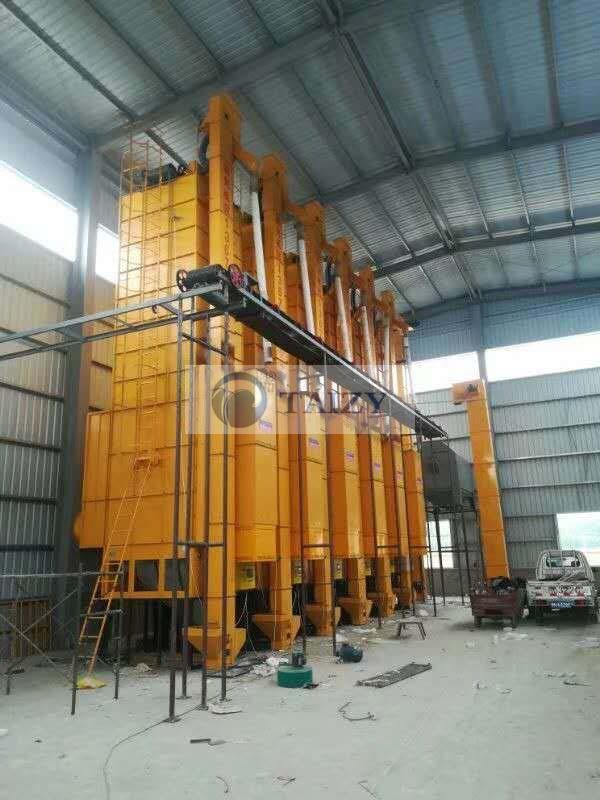Most regions of the country are vigorously promoting rice drying machine. Agricultural machinery subsidies are effective and important measures, but the boundary line of subsidy is hard to draw. The average price of grain dryers is very high, so it is difficult for ordinary farmers to afford them. After purchasing by large dealers and cooperatives, the utilization rate is not high. It is not used a few times a year, but it takes up funds and space. However, processing enterprises and institutions have demand for the use of rice drying machine.

What is the subsidy trend?
In recent years, the trend of subsidies for agricultural machinery has changed from purchasing subsidies to working-time subsidies. For example, the subsidies for returning straw to the field. In fact, the penetration rate of rice drying machine is not high, but it is badly needed in harvesting season. However, the cost of rice dryer equipment is relatively high, and many farmers can not afford it. If the state or local finance can subsidize a certain percentage of costs when the farmers dry the grain, the rate of grain loss will be reduced to a certain extent.
What is the improvement direction?
Intelligent monitoring. Even if subsidies for grain drying operations are adopted in the future, operation supervision will be a difficulty. If they do not introduce countermeasures in advance, fraudulent behavior will be rampant.
Personally speaking, with the help of the intelligent monitoring of the Internet of Things, it is possible to reduce or avoid falsification that happened in drying operation.
Each rice drying machine can be equipped with remote monitoring equipment. Management agencies, manufacturers, and users can see detailed data of drying operations on computers and smart phones, such as crop types, weights, and dehydration rates. A lot of companies are developing monitoring devices that can transmit and display related data in time.
